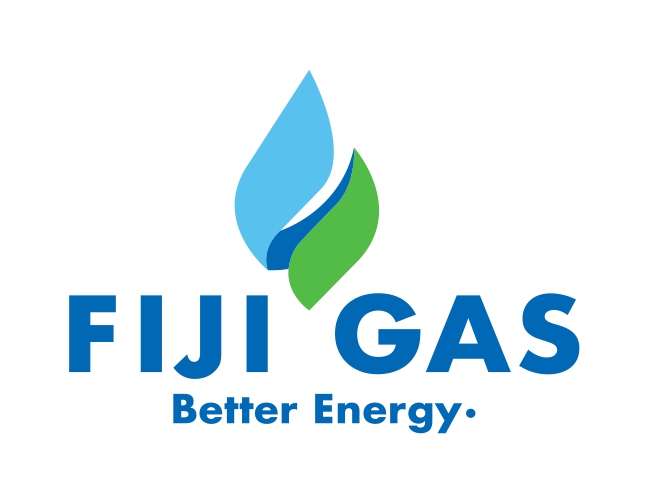Choosing a hot water system is a decision you may only make a few times in your life. Spending time researching your options will ensure you purchase a system that provides enough hot water, saves you money, and reduces your household’s greenhouse gas emissions.
Many people find themselves having to make this decision only after their existing system has failed, and with little time to conduct thorough research into the available options.
There are 2 basic types of hot water systems: storage systems and continuous flow (or instantaneous) systems.
In a storage water heater, water is heated and stored in an insulated tank for use when it is required. Storage tanks may be made of copper, glass (enamel) lined steel, or stainless steel. Copper and glass-lined tanks typically have a sacrificial anode to reduce tank corrosion, which needs to be replaced every few years. Warranties offered for tanks typically range from 5 to 10 years.
These systems can use mains pressure or a gravity feed (constant pressure) tank to move water:
- Mains pressure — Hot water is delivered at a similar pressure and flow rate to cold water so more than one outlet can usually be turned on without affecting pressure. The storage tank is usually located at ground level inside or outside the house.
- Gravity feed or constant pressure — Hot water is delivered at lower than mains pressure from a tank located in the roof of the house. Pressure depends on the height difference between the tank and the point of use. Gravity feed systems are most common for older properties and properties not connected to mains water.
Continuous flow or instantaneous systems heat only the water required and do not use a storage tank, so do not suffer the same amount of heat or energy losses as storage systems. They can operate on LPG or electricity.
Gas models are available with either electronic ignition or a pilot flame. They can be mounted externally or internally if suitable ventilation is available.
Both can use one or more energy sources to heat water, including gas electricity, and solar power.
1. Solar hot water systems
Most solar hot water systems use solar collectors or panels to absorb energy from the sun. Water is heated by the sun as it passes through the collectors. It then flows into an insulated storage tank for later use.
A solar hot water system can provide up to 90% of your hot water. Solar hot water systems do cost more to buy and install than conventional hot water systems but save energy, and reduce bills and greenhouse gas emissions.
Tanks are manufactured from stainless steel, copper, or steel coated with vitreous enamel. Copper tanks are suitable only for low-pressure systems while the other tanks are suitable for mains pressure.
Vitreous enamel tanks are fitted with a ‘sacrificial anode’ that needs to be replaced every few years to protect against corrosion (more frequently where water quality is poor). Other tanks do not require this protection unless noted by the manufacturer.
2. Gas hot water systems
Gas storage systems are able to heat the water in the tank more quickly and generally use a smaller tank than a comparable electric storage system. For fire safety reasons, there is no insulation at the bottom of the tank because of the burning gas flame. Insulation around the outer layer can also be minimal. This absence of insulation leads to higher heat losses compared with hot water storage tanks that use other sources of energy.
Instantaneous gas systems heat the water as it is used. This requires high gas flow rates when delivering large amounts of hot water, which may necessitate installation of larger gas pipes and even larger gas meters. Standard units can deliver adequate hot water to only 1 or 2 points at the same time but high-performance gas units can supply several points at once.
3. Electric hot water systems
Electric hot water systems may be storage or instantaneous, and may also be solar powered.
Standard electric storage water heaters use a heating element inside the tank to heat the water.
Unless powered by a solar PV system, electric storage water heaters generate the most greenhouse gas emissions of all water heater types and are more expensive to run than other options.
4. Electric hot water systems
Electric hot water systems may be storage or instantaneous, and may also be solar powered.
Standard electric storage water heaters use a heating element inside the tank to heat the water.
Unless powered by a solar PV system, electric storage water heaters generate the most greenhouse gas emissions of all water heater types and are more expensive to run than other options.
You can save money and reduce greenhouse gas emissions by installing the most appropriate and efficient water heater for your household. You can also save money and energy simply by reducing hot water use; for example:
- installing water-efficient showerheads and taps
- using mixer taps in the cold water position when hot water is not required
- taking shorter showers
- choosing water-efficient appliances
- using eco settings for clothes and dish washing.

Select a hot water system that suits your needs, where you live, and your budget. Consider:
- household size — the size of hot water system you need will depend on the number of people living in your home and your hot water consumption patterns.
- cost — both the purchase cost and operating costs of your hot water system should be considered. The energy used by your water heater affects your energy bill for years to come, so consider carefully before buying.
- space available — it may not be possible to install some systems in existing homes due to a lack of space or a difficult layout.
- available energy sources — your choice may also be limited by available energy sources. Solar access and adequate north facing roof space must be available if a solar hot water system is to be installed.
- climate — sunny locations with good solar radiation allow solar hot water systems to operate most effectively.
- greenhouse gas emissions — the amount of emissions generated by your hot water system depends on the:
– greenhouse gas intensity of the energy source
– efficiency of the hot water appliance
– amount of solar radiation available for a solar hot water system
– amount of heat available in the ambient air for a heat pump hot water system
– amount of heat lost by hot water storage tanks, fittings and pipes
– volume and times of day that hot water is consumed.
Locate water heater close to wet areas to minimise heat loss from hot water pipes


